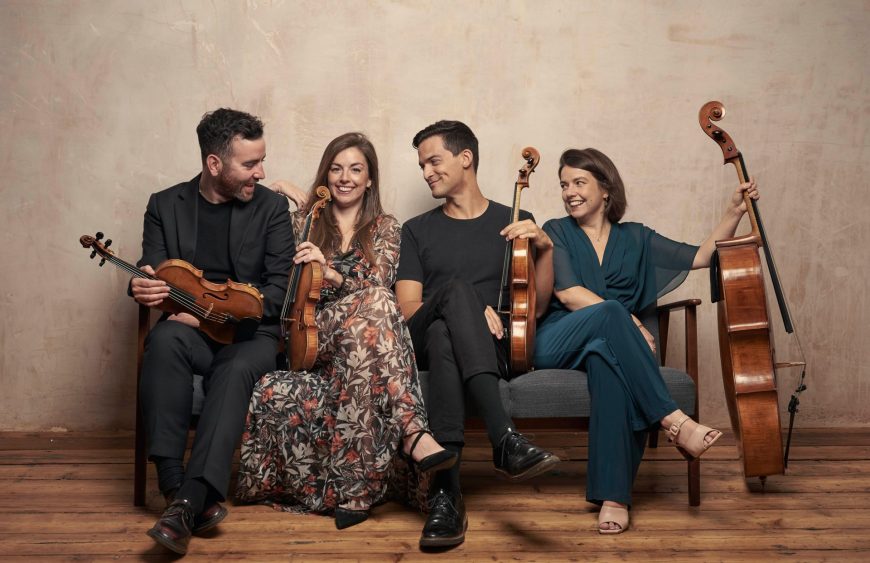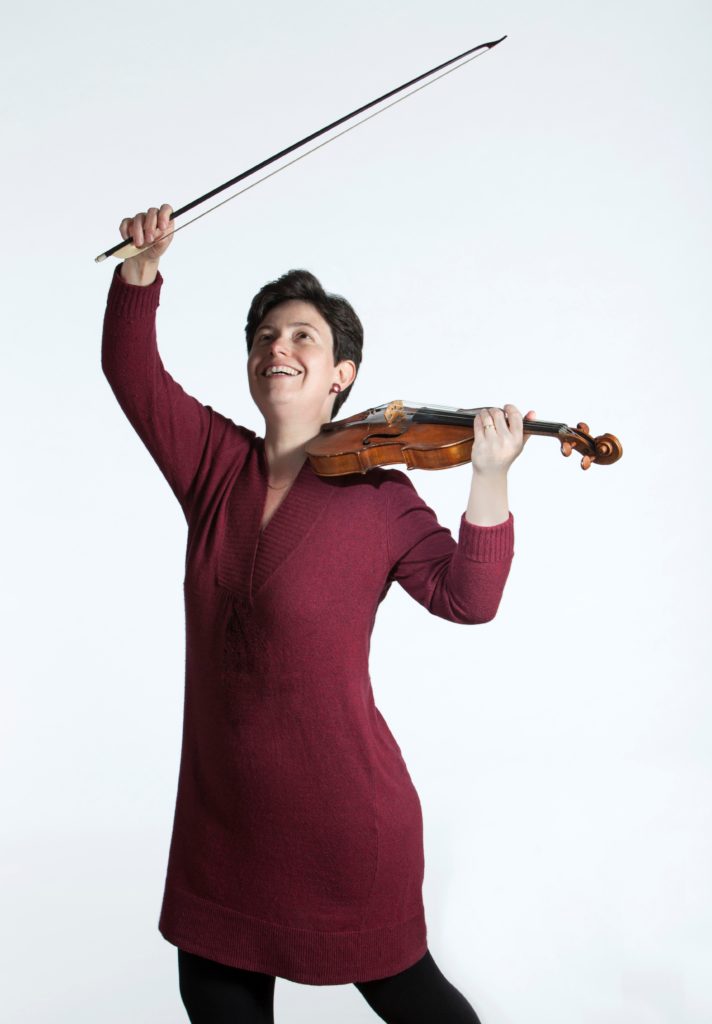
Ryedale Festival: Royal Northern Sinfonia, Hovingham Hall, July 31
WE were powerfully reminded, with this now traditional festival finale at Hovingham, how fortunate we are to have this country’s only full-time chamber orchestra within such easy reach.
A slightly scaled-down orchestra, directed from the violin by co-leader Kyra Humphreys, played a concerto and a symphony by Haydn, one at the end of each half, leavened by three more recent pieces by English composers. It made a heady mix.
Malcolm Arnold’s troubled life is sometimes reflected in his music, but thankfully not too often. His Second Sinfonietta, Op 65 – he wrote three, in addition to nine numbered symphonies – has a dark threnody at its centre, but both the winding Andante at the start and the boisterous finale were positive, nicely coloured by pairs of flutes and horns.
Finzi’s Romance for strings, Op 11 was beautifully controlled, with a post-Elgarian sweep that was intoxicating.
Errollyn Wallen’s Photography is a 2007 piece in three movements that uses techniques from three centuries earlier. There was a catchy momentum in the idiomatically fugal opening and a strong bass line à la Baroque, quoting Bach indeed, in the more acerbic central movement.
An intriguingly slow pulse in the finale, over a drone bass, picked up pace thanks to the solo double bass – strongly delivered here – before a stirringly rhythmic finish.
But Haydn dominated the evening. It is doubtful that anyone in the audience had ever encountered a concerto soloist playing barefoot. Until now. Lucienne Renaudin Vary skipped onto the platform like a sprite and conducted the concerto herself.
But her demeanour belied the seriousness she gave to the score. Her tone, for example, in the opening Allegro was bright and brittle, similar to a high Bach trumpet, with tight trills and immaculate chromatics. In the slow movement, it was as if she had changed instrument: her tone was now velvety and mellow, allied to long-breathed lines and ultra-smooth control.
The finale used a combination of the two colours. At considerable speed it buzzed with energy, which the orchestra was only too happy to complement. She threw in a bluesy encore for good measure. It all but brought the house down.
Symphony No 93 in D was the first of Haydn’s 12 ‘London’ symphonies, all of them premiered there in the first half of the 1790s. With Humphreys back at the helm, there was a polished clarity in the opening fanfares. But it was the slow movement, introduced gently by a solo quartet, which brought Haydn’s humour to the fore, with a rude bassoon solo poking fun at prim flutes and violins.
After a far from polite minuet, the closing rondo was frankly scintillating. The festival could hardly have ended more brilliantly.
Review by Martin Dreyer


